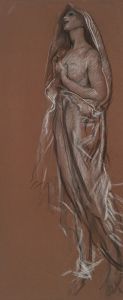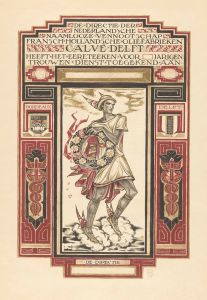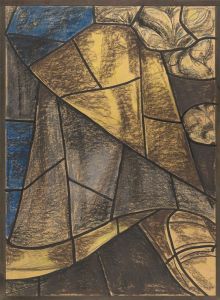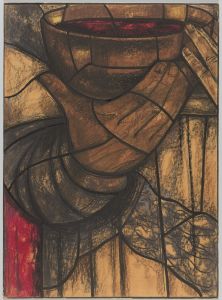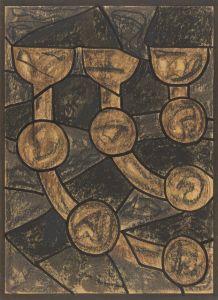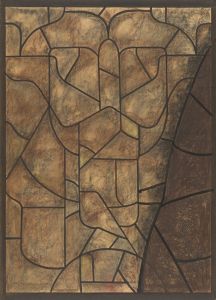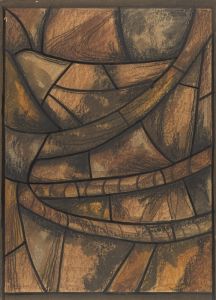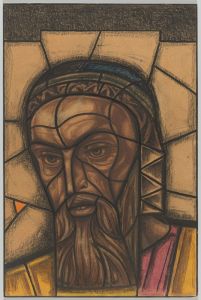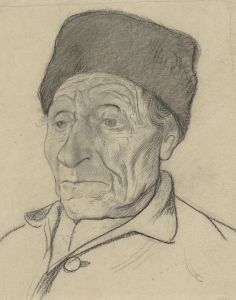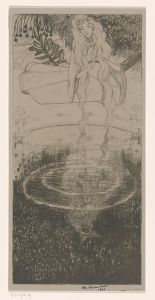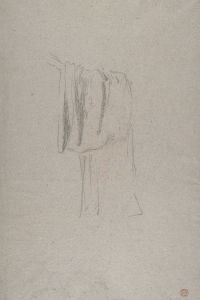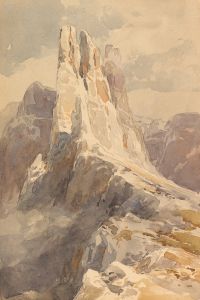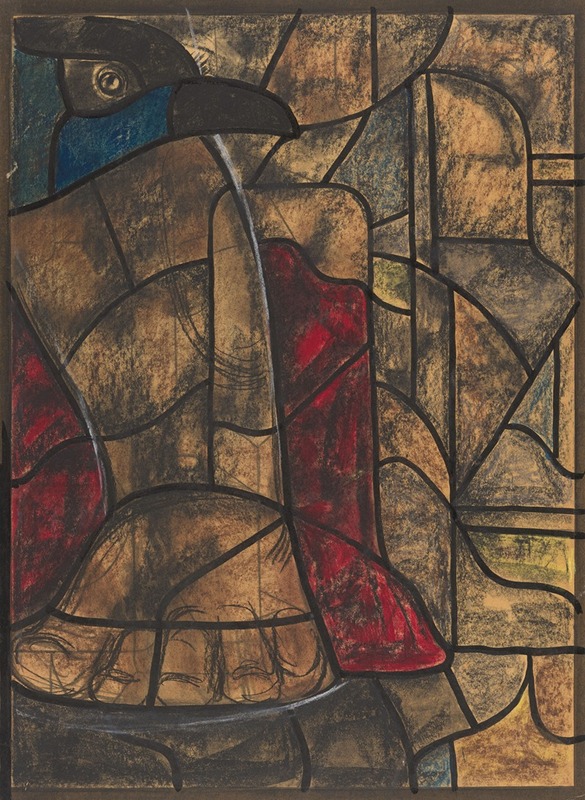
Ontwerp voor raam in het Noordertransept in de Dom te Utrecht 12
A hand-painted replica of Richard Nicolaüs Roland Holst’s masterpiece Ontwerp voor raam in het Noordertransept in de Dom te Utrecht 12, meticulously crafted by professional artists to capture the true essence of the original. Each piece is created with museum-quality canvas and rare mineral pigments, carefully painted by experienced artists with delicate brushstrokes and rich, layered colors to perfectly recreate the texture of the original artwork. Unlike machine-printed reproductions, this hand-painted version brings the painting to life, infused with the artist’s emotions and skill in every stroke. Whether for personal collection or home decoration, it instantly elevates the artistic atmosphere of any space.
Richard Nicolaüs Roland Holst was a prominent Dutch artist known for his contributions to the Arts and Crafts movement in the Netherlands. He was born on December 4, 1868, in Amsterdam and became a significant figure in the Dutch art scene during the late 19th and early 20th centuries. Roland Holst was a versatile artist, working in various mediums including painting, drawing, and stained glass design. His work often reflected his interest in social issues and his commitment to the ideals of the Arts and Crafts movement, which emphasized traditional craftsmanship and the decorative arts.
One of Roland Holst's notable works is the "Ontwerp voor raam in het Noordertransept in de Dom te Utrecht 12," which translates to "Design for a Window in the North Transept of the Dom in Utrecht 12." This work is a design for a stained glass window intended for the Dom Church, also known as St. Martin's Cathedral, in Utrecht, Netherlands. The Dom Church is a historic Gothic-style cathedral that has been a central place of worship and a landmark in Utrecht since its construction began in the 13th century.
Roland Holst's design for the stained glass window is characterized by its intricate details and the use of vibrant colors, which are typical of his style. His designs often incorporated symbolic and allegorical elements, reflecting his interest in conveying deeper meanings and narratives through his art. The stained glass window design for the Dom Church would have been intended to complement the architectural and spiritual atmosphere of the cathedral, enhancing the experience of the space for worshippers and visitors alike.
Stained glass windows have a long tradition in Gothic cathedrals, serving both decorative and didactic purposes. They often depict biblical scenes, saints, and other religious iconography, serving as visual storytelling tools for the congregation. Roland Holst's design would have been part of this tradition, contributing to the rich visual tapestry of the Dom Church.
Throughout his career, Roland Holst was influenced by various artistic movements and figures, including the Pre-Raphaelites and the Symbolists. He was also associated with the Dutch labor movement and was committed to using art as a means of social change. His involvement in these movements is reflected in his work, which often combines aesthetic beauty with social and political commentary.
In addition to his stained glass designs, Roland Holst was also known for his murals, book illustrations, and paintings. He was a professor at the Rijksakademie van Beeldende Kunsten in Amsterdam, where he influenced a generation of Dutch artists. His legacy is marked by his dedication to the integration of art and life, and his belief in the transformative power of art.
Richard Nicolaüs Roland Holst passed away on December 31, 1938, leaving behind a body of work that continues to be celebrated for its artistic and cultural significance. His contributions to the arts, particularly in the realm of stained glass design, remain an important part of Dutch art history.





